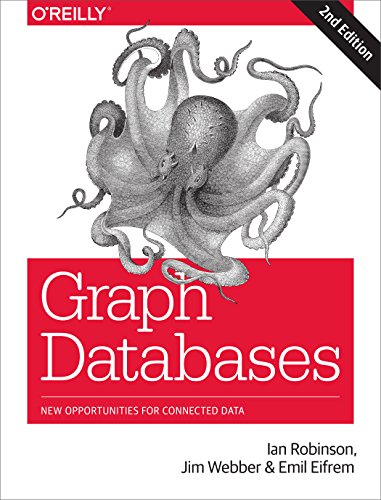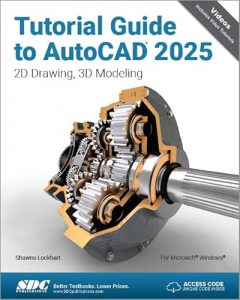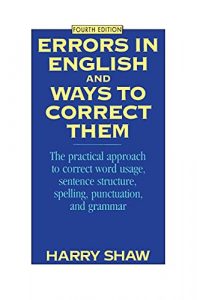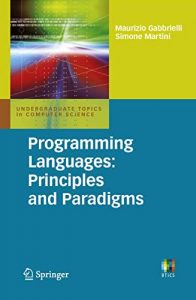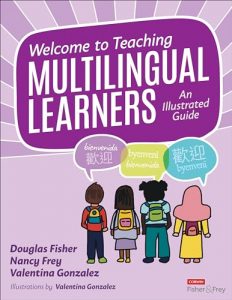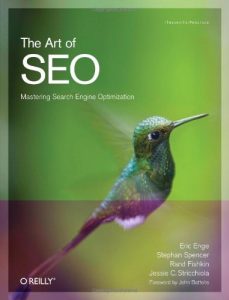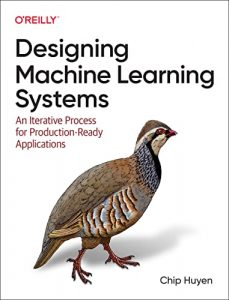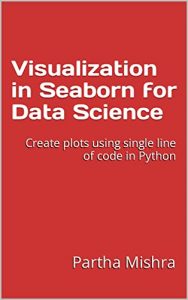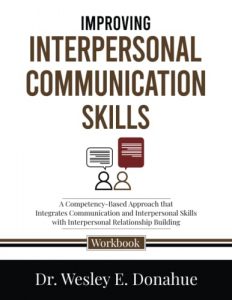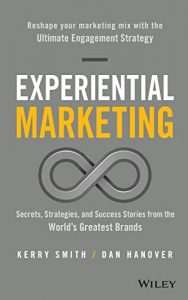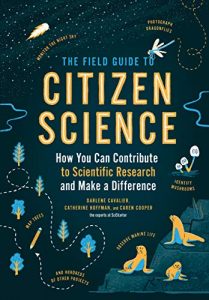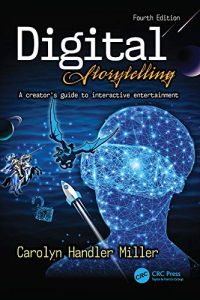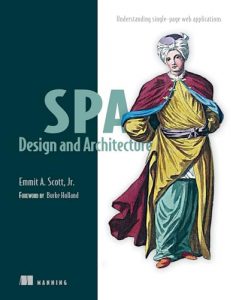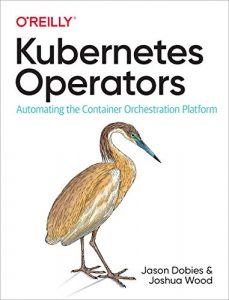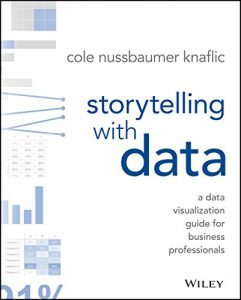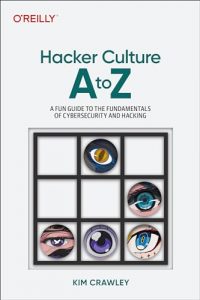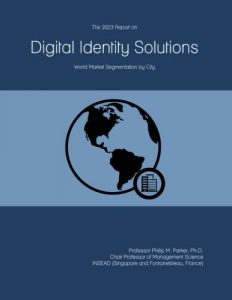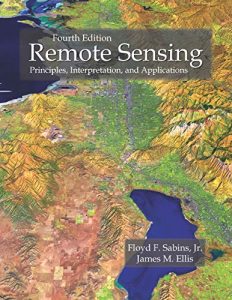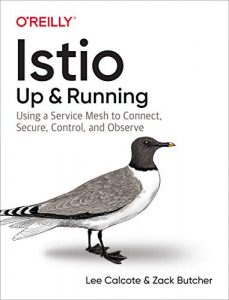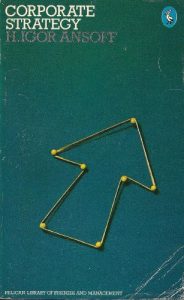Graph Databases: New Opportunities for Connected Data
This book is a foundational resource for anyone interested in exploring the world of graph databases. Authored by Ian Robinson, Jim Webber, and Emil Eifrem, it delves deep into why graph databases are a game-changer in data management. The authors provide a comprehensive overview that highlights how graph technologies can significantly improve performance and scalability compared to traditional relational databases. Ideal for developers and data scientists alike, this book will equip you with the necessary tools and knowledge to leverage connected data effectively.

The Practitioner’s Guide to Graph Data
Written by Denise Gosnell and Matthias Broecheler, this guide takes a closer look at applying graph thinking to resolve intricate problems. With a focus on practical application, it is designed for practitioners eager to bring graph technologies into their toolkit. This comprehensive guide not only introduces the fundamental concepts of graph databases but also provides hands-on techniques for implementation. It’s an essential read for data engineers and software developers tasked with tackling complex data relationships.

Graph Algorithms: Practical Examples in Apache Spark and Neo4j
Mark Needham and Amy E. Hodler’s book provides practical examples of graph algorithms in action, showcasing how they can be implemented using Apache Spark and Neo4j. This book is perfect for data scientists looking to apply algorithms to real-world problems, with an emphasis on practical implementation and code examples. Whether you’re a novice or an expert, this book will inspire you to harness the power of graph algorithms for advanced data analysis.

Building Knowledge Graphs: A Practitioner’s Guide
This recent publication by Jesus Barrasa and Jim Webber provides a contemporary perspective on the construction of knowledge graphs. Given the surge in the use of data-driven applications, this guide gives practitioners key insights into the practical aspects of implementing knowledge graphs. The authors outline an efficient framework, making it an indispensable resource for organizations aiming to enhance their data strategy. It’s a fantastic guide for both new entrants and seasoned professionals in the field!

Graph Algorithms for Data Science
Tomaž Bratanic’s upcoming book promises to deliver insightful methodologies with examples in Neo4j, tailored for data science applications. As the field of data science becomes increasingly reliant on graph data, this is poised to be a key text for data scientists looking to enhance their skills. With relevant case studies and practical solutions, this book anticipates the needs of the evolving data landscape.

Graph Databases with Neo4j
Nexus AI delivers an accessible introduction to leveraging graph theory through Neo4j. This book is perfect for those who are new to graph databases, allowing readers to understand key concepts and applications without a steep learning curve. At an affordable price, it’s an ideal starting point for students and professionals eager to dive into the intricacies of graph databases.

Graph Databases in Action
Dave Bechberger and Josh Perryman demystify the practical implications of graph databases in this proactive resource. Their hands-on approach provides readers with valuable insights into real-world applications and how such databases can solve business problems. With detailed case studies and examples, this book is crucial for anyone looking to embrace graph technologies and bring immediate value to their organization.

Graph-Powered Machine Learning
This unique title by Alessandro Negro and Julie Brierley explores the intersection of graph databases and machine learning. The authors present an engaging narrative that discusses the substantial advancements in data-driven applications through graph-powered solutions. This book serves as a bridge for data enthusiasts eager to implement machine learning strategies informed by graph insights, making it an essential addition to your library.

Neo4j: The Definitive Guide
Coming soon, this definitive guide authored by Luanne Misquitta and Christophe Willemsen provides readers with an extensive understanding of Neo4j, complete with hands-on recipes. It’s not just a textbook; it’s a practical work that prepares readers for a production-ready graph implementation. As Neo4j continues to grow in popularity, this guide will undoubtedly become a staple for professionals in the data field.

The Essential Criteria of Graph Databases
As graph databases continue to evolve, Ricky Sun’s resource promises to summarize the essential criteria for choosing the right graph database. With comprehensive insights that cater to decision-makers and data professionals, this book is invaluable for those looking to optimize their data architecture. Anticipated to be released early next year, it’s poised to become a go-to resource for understanding graph databases in detail.


